Simultaneous Identities: Language, Education and the Nepali Nation
The recent socio-political changes in Nepal have brought assimilationist notions of Nepali nationalism under a tight scrutiny and drawn attention to more plural, inclusive, and diverse notions of Nepaliness. However, both assimilationist and pluralist visions continue to remain normative in their approach, and often posit ethnic and national identity in opposition to each other. Drawing on the everyday practices in the two schools, this book illustrates that social actors in minority language education did not necessarily select between minority identity and national identity, but instead made simultaneous claims to more than one social identity by discursively positioning 'ethnic identity' as 'national identity'. It builds on the notion of 'simultaneity' to illustrate that it is through the 'unresolved co-presences' of apparently contradictory ways that people maintain their multi-layered identities. By arguing for an analytical necessity to adopt relational approach, it aims to complicate the neat compartmentalisation of identities. Helps the reader to rethink existing theories on ethnicity and nationalism Provides methodological insights and details on the ethnography of schools and education in Nepal Gives a bottom-up perspective on the social changes in Nepal
Reviews & endorsements
'Questions of language and schooling are central to most theories of nationalism and yet there have relatively few detailed ethnographies of nationalism or sub-nationalism in schools. In the Nepalese context there have been many studies of education and many studies of ethnicity, but until Uma Pradhan spent time in two schools that take pride in their mother-tongue teaching, no one had studied the interaction of ethnicity, language, cultural capital, public perceptions of quality, and pedagogy in actual practice. With this innovative and landmark monograph on multilingualism and schooling, we have, for the first time, a sophisticated and practice-focused ethnographic examination of cultural nationalism and multilingual education in Nepal as they are experienced, (re)produced, and resisted 'at the coal face', i.e. by the children receiving them and by the teachers, activists, and bureaucrats seeking to deliver and/or manage them.' David N. Gellner, University of Oxford 'Pradhan's book is a powerfully argued analysis of students', educators', and activists' uses of language to re-situate ethnic identities within discourses of Nepalese nationalism. Simultaneous Identities takes to new levels our understanding of the complex politics and everyday practices underlying the social production of ethnicity and nationalism.' Amy Stambach, University of Wisconsin
Get it now and save 10%
BECOME A MEMBER

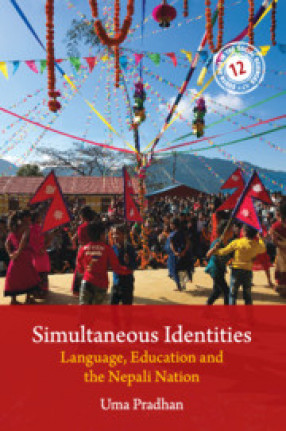
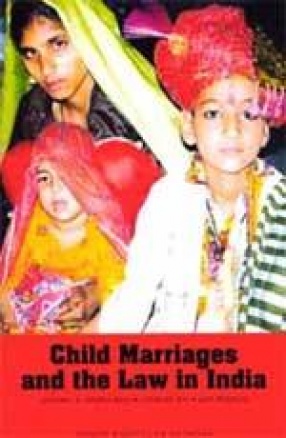

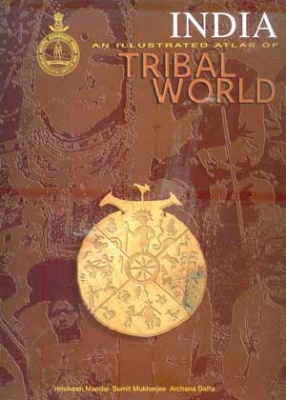
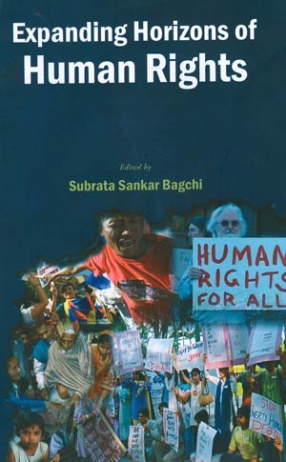
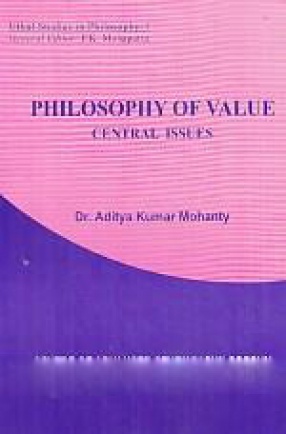

Bibliographic information